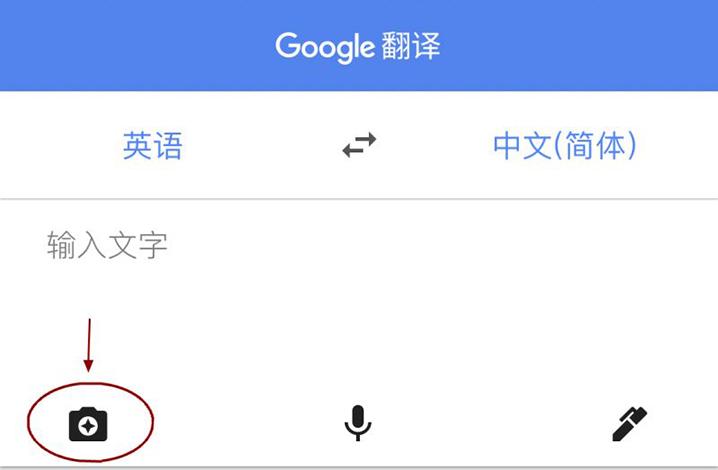Title: Understanding and Utilizing Google Translate
Google Translate is one of the most widely used translation tools globally, offering translations between numerous languages with just a few clicks. However, its effectiveness and limitations vary across different contexts. Let's delve into the workings of Google Translate, its strengths, weaknesses, and how to best utilize it.
Introduction to Google Translate
Google Translate is a free online translation service developed by Google. It utilizes stateoftheart neural machine translation technology to translate text between languages. Initially launched in 2006, it has evolved significantly, incorporating advanced algorithms and machine learning techniques to improve translation accuracy and fluency.
Strengths of Google Translate
1.
Accessibility
: Google Translate is easily accessible through web browsers and mobile applications, making it convenient for users worldwide.
2.
Multilingual Support
: It supports translation between a vast array of languages, including commonly spoken ones and lesserknown dialects.
3.
Speed
: Translations are generated almost instantly, enabling quick comprehension of foreign text.
4.
Continuous Improvement
: Google continuously refines its translation algorithms through machine learning, resulting in increasingly accurate translations over time.
5.
Integration
: It seamlessly integrates with other Google services and platforms, such as Google Chrome and Android devices.
Limitations of Google Translate
1.
Contextual Understanding
: Google Translate struggles with context, often producing translations that may not accurately convey the intended meaning, especially in complex or nuanced text.
2.
Idioms and Cultural Nuances
: It may mistranslate idiomatic expressions or fail to capture cultural nuances, leading to misunderstandings.

3.
Accuracy
: While it has improved significantly, Google Translate is not infallible and may still produce inaccurate translations, particularly for languages with complex grammar or ambiguous words.
4.
Privacy Concerns
: As with any online service, there are privacy concerns regarding the data processed by Google Translate, especially sensitive or confidential information.
5.
Limited Language Support
: While it covers a wide range of languages, some languages may have better translation quality and support than others.
Best Practices for Using Google Translate
1.
Understand its Limitations
: Recognize that Google Translate is a tool, not a substitute for human translation. Always verify critical translations, especially for important communications or professional documents.
2.
Simplify Complex Text
: Break down complex sentences into simpler ones to improve translation accuracy.
3.
Use Parallel Text
: Providing text in both the source and target languages can help Google Translate better understand the context and produce more accurate translations.
4.
Proofread and Edit
: After translation, carefully proofread the text for errors or mistranslations, and manually edit as necessary.
5.
Combine with Human Translation
: For highstakes translations or content requiring cultural sensitivity, consider combining Google Translate with human translation services for the best results.
Conclusion
Google Translate is a powerful tool for facilitating communication across language barriers, offering quick and accessible translations for various purposes. However, it is essential to understand its strengths and limitations and use it judiciously, especially in contexts where accuracy and nuance are paramount. By following best practices and supplementing with human oversight when necessary, users can maximize the benefits of Google Translate while minimizing potential pitfalls.
文章已关闭评论!
